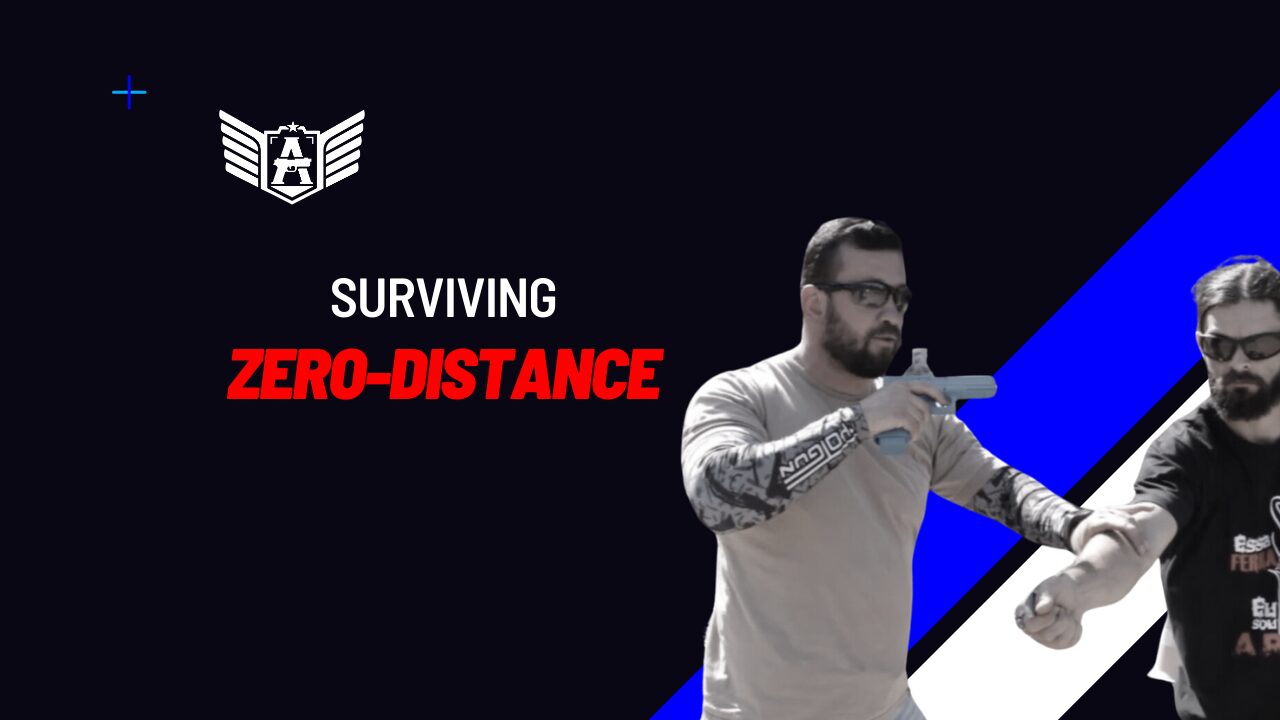
Zero-distance encounters present distinct challenges that necessitate careful preparation and strategic acumen. Defined as the distance at which a person can touch their adversary’s chest without moving their legs, zero-distance situations demand a keen understanding of martial skills and tactical awareness to ensure survival.
First and foremost, prevention emerges as the primary strategy for navigating such encounters. Avoiding confrontation whenever possible is essential, as engaging in combat at zero distance leaves little room for error. Limiting access to this intimate space to only trusted individuals is crucial, as it minimizes the risk of unforeseen threats and enhances overall safety.
Furthermore, while proficiency in firearms remains vital, mastering close-quarters combat techniques takes precedence in zero-distance scenarios. Traditional martial arts may prove inadequate when faced with armed adversaries, emphasizing the importance of combat-focused disciplines like Filipino martial arts such as Kali. These martial arts offer invaluable insights into this distance and points crucial for neutralizing threats effectively.
Additionally, understanding firearm retention techniques is essential for individuals in zero-distance encounters. Rather than relying solely on disarmament tactics, knowledge of firearm retention mechanics enables individuals to navigate such encounters with greater efficacy and confidence.
In terms of marksmanship, specialized techniques tailored for close-quarters engagements, such as the 360 Close Quarter Defense (CQD), offer valuable insights into optimizing performance in confined spaces. Mastering these techniques empowers individuals to effectively engage threats at close range, mitigating the challenges posed by zero-distance encounters.
Surviving zero-distance encounters requires an approach that encompasses proactive prevention, proficiency in combat martial arts, understanding of firearm retention strategies, and mastery of specialized marksmanship techniques. By adhering to these principles, individuals can enhance their readiness and resilience in the face of imminent threats, ensuring their safety and security in even the most challenging situations.




